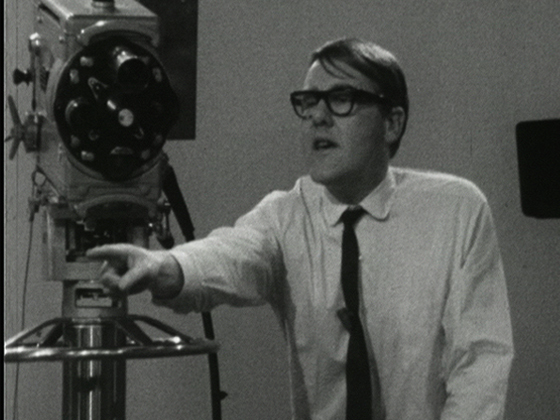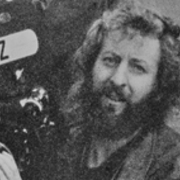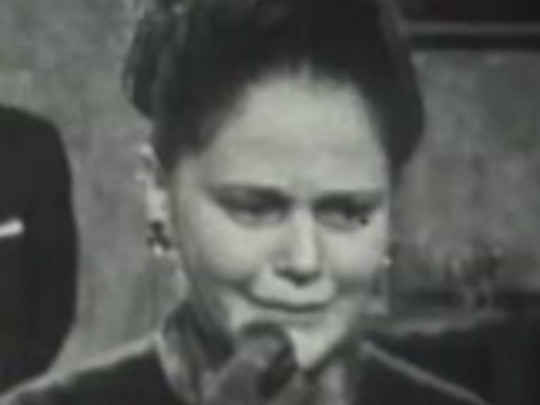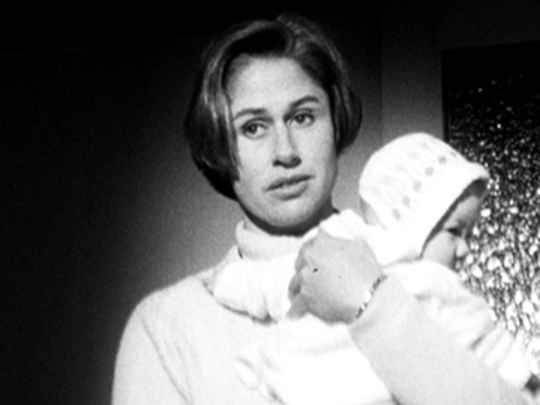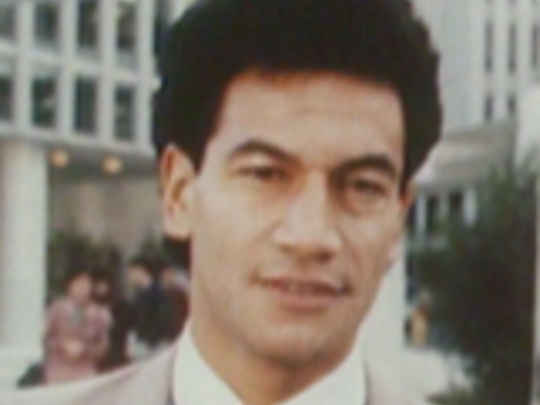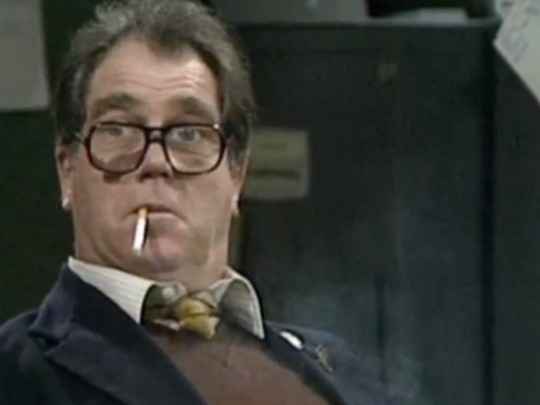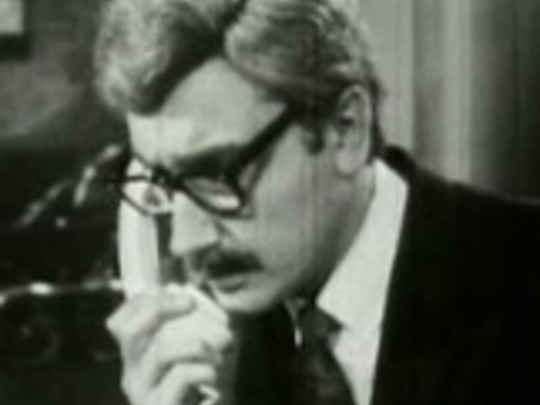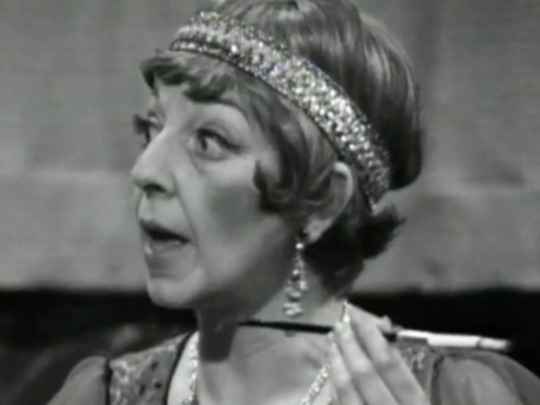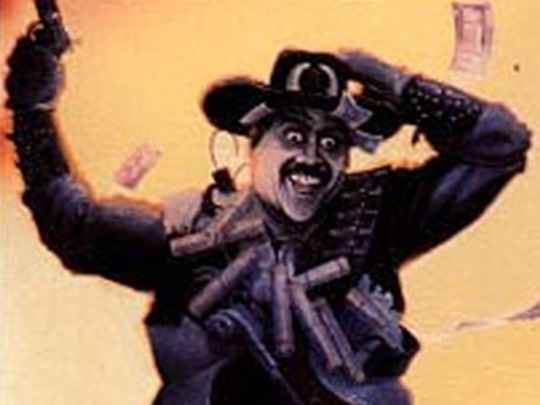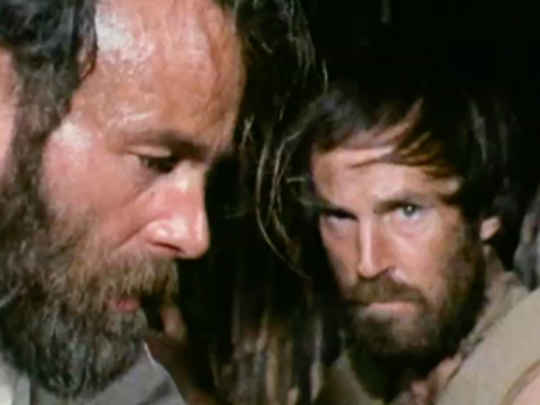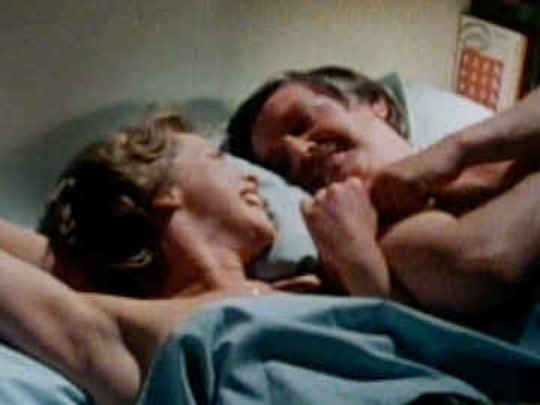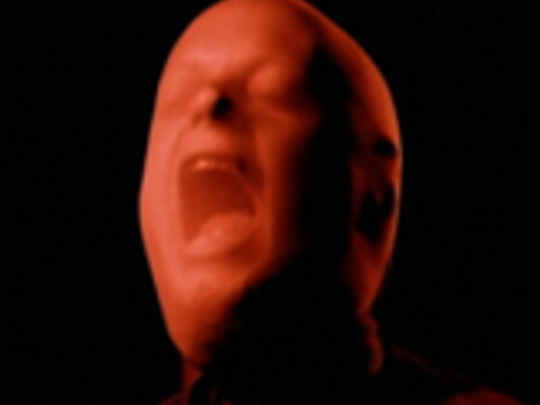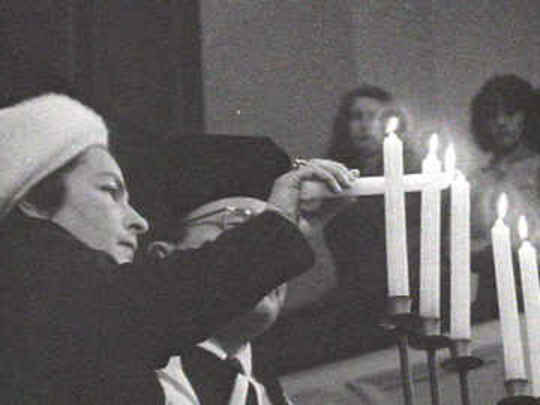NZBC Actors' Workshops
Television (Full Length) – 1967
The Early Days
Ex NZ Broadcasting Corporation staffmember Derek Morton writes about the actors' workshops, and the early days of Wellington TV station WNTV-1.
If a Kiwi wanted to make something interesting happen on a New Zealand TV screen during the fabulous late 1960s, then Wellington, then the centre of theatre, music and television, was the place to do it.
At WNTV-1 we were joined by keen arrivals from — to mention a few — Auckland (John Barningham), Christchurch (Peter Muxlow, Murray Reece, Tony Isaac, Alun Bollinger and Mike Noonan, plus former Irishmen Des Monaghan and Brian Edwards) and Dunedin (Chris Thomson).
Chris, then in his early 20s, together with Brian Bell and Douglas Drury, established a scheme to get drama up and running, based initially on a series of actors’ workshops. There had been a few earlier drama productions, sometimes clumsy and stodgy, but with fresh vision and energy amongst the small TV staff all seemed new, happening for the first time. Lively innovations in documentaries, studio music shows and current affairs— all could take off and fly.
The esprit de corps was strong. Camera, editing, and staging people, plus writers, directors, producers and actors, felt enlivened by possible screen breakouts. Many of them were later to become major contributors to screen production elsewhere.
Chris produced and directed (yes, both — looking after all the logistical details always went along with the creative job then) a number of individual plays, then series The Alpha Plan, then The Killing of Kane, shot on colour film. In the film editing suite at WNTV-1, as Mike Horton hacked away at it, we were cutting 120 minutes of drama next door, shot on the sly (it screened over six episodes on Kid Set). Both productions used a camera crane we’d built independently, outside and beyond the resources of the NZ Broadcasting Corporation.
Such a freewheeling approach was soon brought into line by Head Office. The NZBC, some years earlier, had been the NZBS [the NZ Broadcasting Service], a government department. Soon proper order was restored, in civil service style, to return control to accountants and desk wallahs, and ensure less time was spent on such frivolous matters as storytelling or character development, and more on the serious businesss of haggling with accounts clerks.
Confined by a shorter leash, many of the most active and capable production people on staff gave up, and headed to more fertile environments, where, arriving with the same enthusiasm they'd brought to WNTV-1 years before, they soon flourished and created good stuff, mostly in Australia. David Stevens, John Barningham and Des Monaghan, for example, all had considerable input into major TV drama and film — as did Chris Thomson.
After 1915 and many other productions, he directed The Rainbow Warrior Conspiracy only a few years after the actual events. The fact that this quintessentially New Zealand story was an Australian 7 network production rather than a New Zealand one speaks volumes (incidentally, Rainbow Warrior director of photography Andrew Lesnie crossed the Tasman again years later to shoot the first of many hobbits).
Some courageous battlers remained on the payroll of New Zealand television, and managed to bring worthwhile drama to local screens (The Governor, Pukemanu, Moynihan, Roche, Erebus: the Aftermath etc). But that first flush of creative innovation, excitement and bloody good fun soon became just a memory, now retained only by those who survive.
- Australian-based Kiwi Derek Morton began working at the NZ Broadcasting Corporation in the early 1960s. He has worked as a cameraman, director (The Dominant Species, Roche) and writer (Carry Me Back), and run his own production company.
